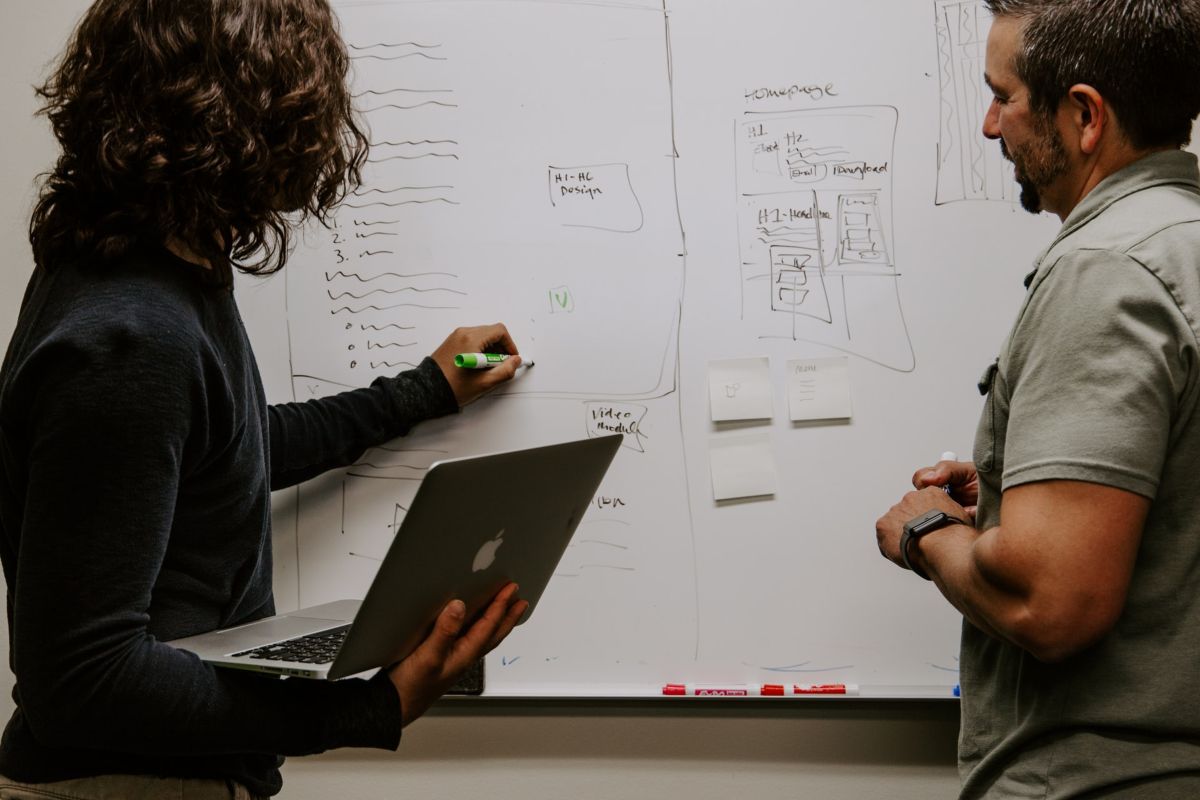Time series analysis has been used for over a century to analyze data collected at regular intervals over time. It could be stock prices, business performance, biological systems, and almost anything else that varies over time.
Time series analysis is a valuable tool for analyzing sales data and identifying trends. It can
be used for applications such as identifying the surge that happens when subscribers receive their magazine.
There are many types of time series analysis, and each one can help you approach your data in a different fashion. This article aims to discuss the common methods of time series analysis. But before we delve into its methods, let’s see what time series analysis means and its purpose.
What is Time series analysis?
The term “time series” refers to a sequence of measurements taken in time order over a period of time. Time series analysis is a method of analyzing time-dependent data. This is a relatively broad concept, so time series analysis methods vary widely in their specific techniques. It can be used to study economic trends, determine the effectiveness of a new drug, or predict future weather conditions.
The purpose of time series analysis is to examine how one variable changes over time. Generally, a time series is made up of data points plotted on a graph and connected with lines so that they form a curve or pattern. By looking at the pattern, we can determine whether it is random or has some underlying cause.
Common Methods of Time Series Analysis
There are many different ways of analyzing time-series data. One might be more suitable than the other, depending on the dataset or perhaps the objectives. Here we discuss some of the common methods of time series analysis.
Time series forecasting methods
Time series forecasting is the process of predicting future values based on historical values from a single series. A popular time series analysis method involves decomposing a time series into parts, such as trend, seasonal, or irregular components.
1. Autocorrelation
One method is known as autocorrelation, which measures the degree of dependence between two-time series.
The concept is that if there’s a strong correlation between two-time series, then they will tend to move together predictably. This method is used to identify trends or patterns that may not be immediately visible through visual inspection of the data.
2. Seasonality
Seasonality is another important feature of time series data. It provides a framework for the predictability of a variable at a specific time of day, month, season, or event.
Seasonality can be measured when an entity exhibits comparable values on a regular basis, i.e., after every specified time interval. For example, business sales of particular products surge during each festive season.
3. Stationarity
When the statistical features of a time series remain constant throughout time, we say that
the series is stationary. In other words, the series’ mean and variance remain constant. For
example, stock prices are rarely static.
Stationary is very crucial in time series; otherwise, a model that displays the data exhibits varying levels of accuracy at different points in time. As a result, professionals are expected
to apply many strategies to turn a non-stationary time series into a stationary one before modeling.
4. Trends
The trend is a part of time series that depicts low-frequency variations in a time series after high and medium frequency changes have been filtered out. The entity’s trend may decrease, increase, or remain stable depending on its nature and related influencing circumstances.
Population, birth rate, and death rate are examples of dynamic entities and hence cannot form a stable time series. Check out our data science course to understand time series analysis methods and apply them in various analysis projects.
Modeling Time-Series Data
There are various approaches to modeling time series data. Moving averages, exponential
smoothing, and ARIMA are the three main types of time series models.
1. Moving Average (MA)
This model applies to univariate (single variable) time series. In a Moving Average model, the output (or future) variable is expected to have a linear relationship with the present and historical values.
Hence, the new series is derived from the mean of the previous values. The MA model is ideal for recognizing and highlighting trends and trend cycles.
2. Exponential Smoothing
Similar to MA, the Exponential Smoothing technique is applied to univariate series. The smoothing method involves applying an averaging function over a set of time, with the goal
being to smooth out any irregularities to identify trends more easily.
Depending on the trend and seasonality of the variable, you can use the simple (single) ES method or the advanced (double or triple) ES time series model.
Note: Moving averages (MA) are used when the trend in the data is known and can be removed from the data points. On the other hand, exponential smoothing (ES) is used when there is no known trend in the data, and multiple points must be averaged together.
Autoregressive Integrated Moving Average (ARIMA) Models
The ARIMA (auto-regressive integrated moving average) modeling approach is the most widely used time series method for analyzing long-run data series. This model works well with multivariate non-stationary data.
It is popular because it gives easy-to-understand results and is simple to use. The ARIMA method is based on the concept of autocorrelation, autoregression, and moving averages. In the case of seasonal data, a variant of the model known as SARIMA (Seasonal ARIMA) is used.
Finally, all-time series methods are particularly susceptible to outliers, so a thorough knowledge of these concepts can help you out when trying to model or forecast a time series.
Conclusion
I hope this article has covered the fundamental time series analysis methods. You can use the techniques alone or in combination to forecast, understand patterns and trends in data, compare sample series, and study relationships between changes in variables over time to produce specific results.
If you are interested in more advanced techniques used in time series analysis, consider taking a data science course in Chennai to become an expert in various analysis methods.
Read Also:
- What is Fundamental Analysis & How To Do It?
- How To Do Effective Stock Research and Analysis
- 10 SWOT Analysis Tools to Grow Your Small Business
Author: Malik Arjuna















